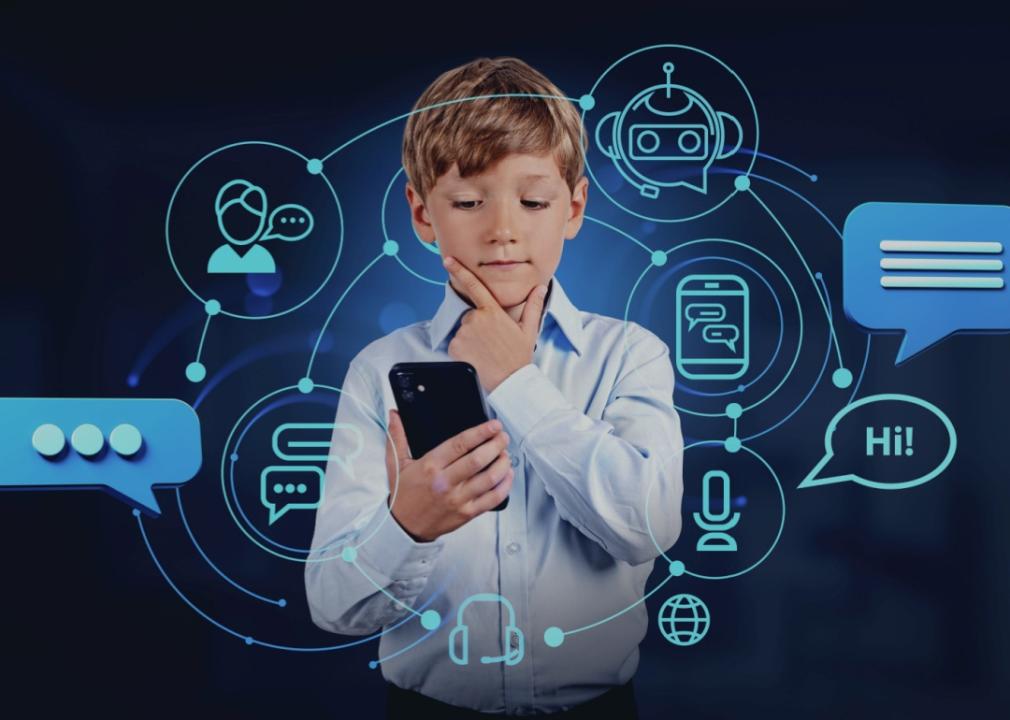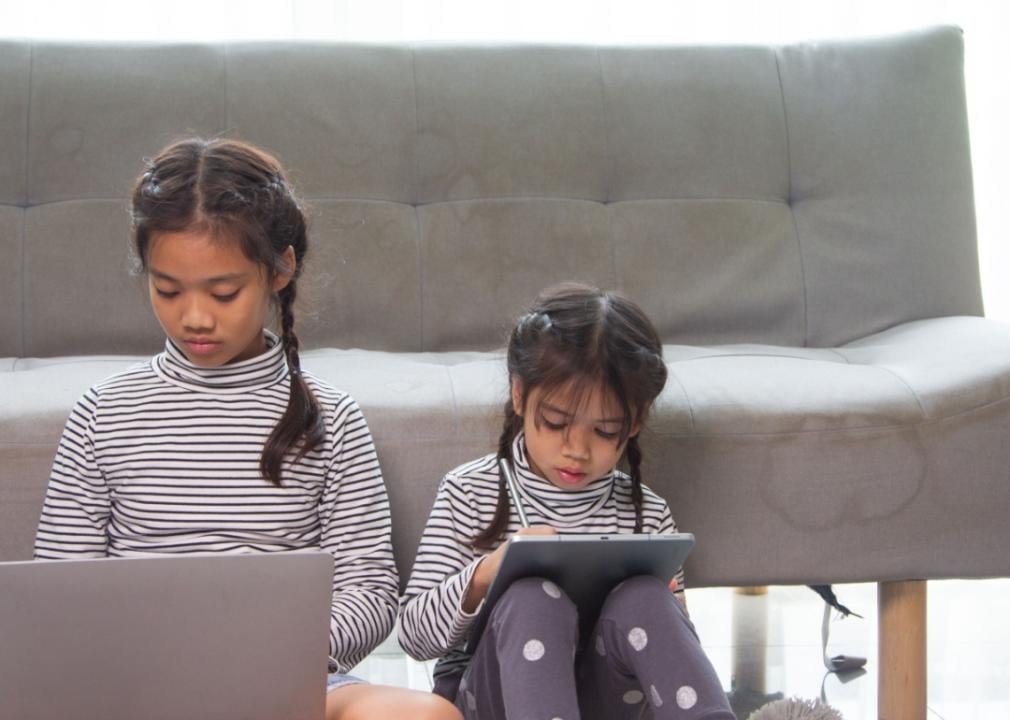Why are schools that banned generative AI now embracing it?
Numerade analyzed survey data and news reports to find out how schools are regulating the use of generative AI tools such as ChatGPT.

When ChatGPT launched on Nov. 30, 2022, it caused panic among educators. The large language model is capable of producing convincing-sounding, though sometimes factually incorrect, essays for free in seconds. Suddenly, teachers who relied on giving out written assignments to assess their students found themselves in a bind. How were they going to grade their students' work if they couldn't tell if it was all written by machines?
School districts were quick to act, with many banning the technology outright, citing fears of plagiarism and potentially harmful content. The Los Angeles Unified School District was among the first to block the use of ChatGPT on school devices and networks. Other major school districts, including New York City Public Schools, followed not long after.
But schools appear to be reversing course. Last May, New York's public schools announced that they would be unblocking ChatGPT. In an editorial for Chalkbeat, David Banks, chancellor of the New York City Public Schools system, acknowledged that educators were "caught off guard" by the chatbot's release but were eager to figure out how to use the technology to enhance their students' learning experiences. Other school districts, including LAUSD, have also started to update their policies to permit—or even integrate—artificial intelligence into their teaching.
According to a survey from EducationWeek conducted last December, only 27% of teachers, principals, and district leaders say their schools have banned the use of ChatGPT and other large language models.
Numerade analyzed survey data and news reports to find out how schools are regulating the use of generative AI tools such as ChatGPT.
More students are using AI tools for schoolwork

It is unclear just how many students are using generative AI for their schoolwork, but the number is on the rise. Surveys conducted by the Center for Democracy & Technology show that the share of middle and high school teachers who say they are certain that their students are using AI tools for their schoolwork rose from 42% in August 2023 to 59% in December. Meanwhile, a survey by Pew Research Center fielded September through October 2023 found that around two-thirds of American teenagers had at least heard of ChatGPT. Of those who did, nearly 20% say they have used the AI tool for schoolwork.
While educators fear that generative AI can make cheating easier, many students have nuanced views about its use. Pew Research Center also asked teenagers who had heard of ChatGPT what they thought were acceptable uses of the technology. Some 69% said it was fine to use it to research new topics, while only 1 in 5 found it acceptable to use to write essays. Recent research by Challenge Success, a nonprofit organization affiliated with Stanford University, has found that the share of high school students who admit to cheating has hovered around 60% to 70% for years. Despite fears otherwise, that share did not increase following the launch of ChatGPT.
Now, schools are looking for ways to adapt. The Los Angeles Unified School District recently launched Ed, an AI-powered app that helps parents track their children's progress as well as provide individualized education plans and games to students. Alexis McGloin, assistant superintendent at the Lower Merion School District in Pennsylvania, recently wrote that she believed ChatGPT could be used to sharpen students' critical thinking skills. For instance, the chatbot can produce outlines for essays or produce essays for students to analyze.
As educators reevaluate AI's potential in the classroom, tech companies are increasingly focused on building AI tools for education. In May, both OpenAI and Microsoft launched new AI-focused education tools. OpenAI's offering is a version of ChatGPT featuring more security and privacy features, while Microsoft's offering is designed to help teachers create lesson plans and individualized text based on their students' performance.
Some educators will likely resist adopting AI. A different Pew Research Center survey, conducted between October and November of last year, found that 35% of American high school teachers said that they believed AI tools such as ChatGPT presented more harm than benefit, while only 7% said that they believed the opposite. As school leaders navigate the blurry line between AI's risks and advantages, one thing is for certain: Generative AI is going to drastically change the future of education.
Story editing by Alizah Salario. Additional editing by Elisa Huang. Copy editing by Tim Bruns.
This story originally appeared on Numerade and was produced and distributed in partnership with Stacker Studio.
Comments
